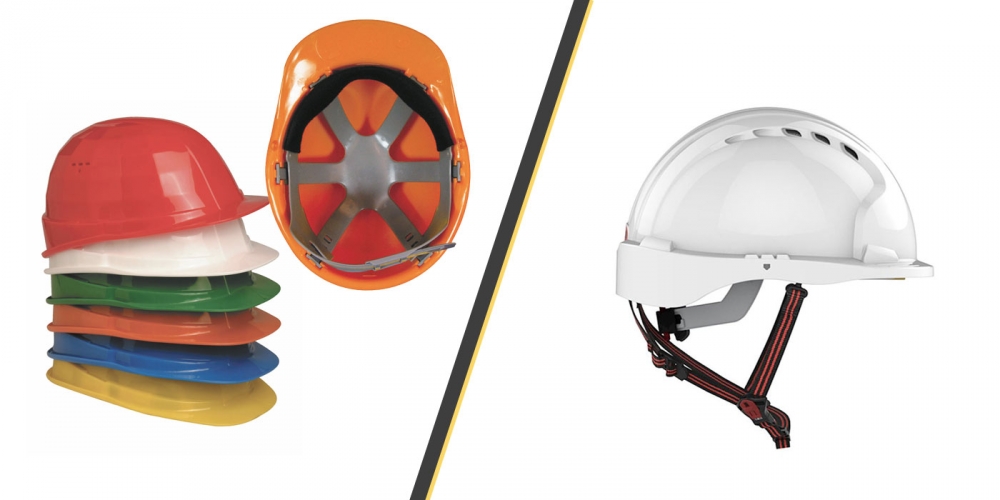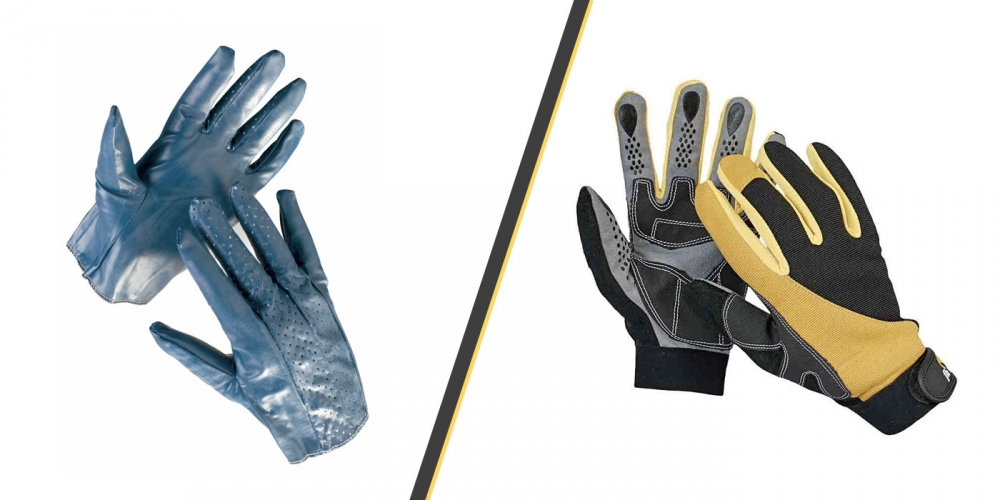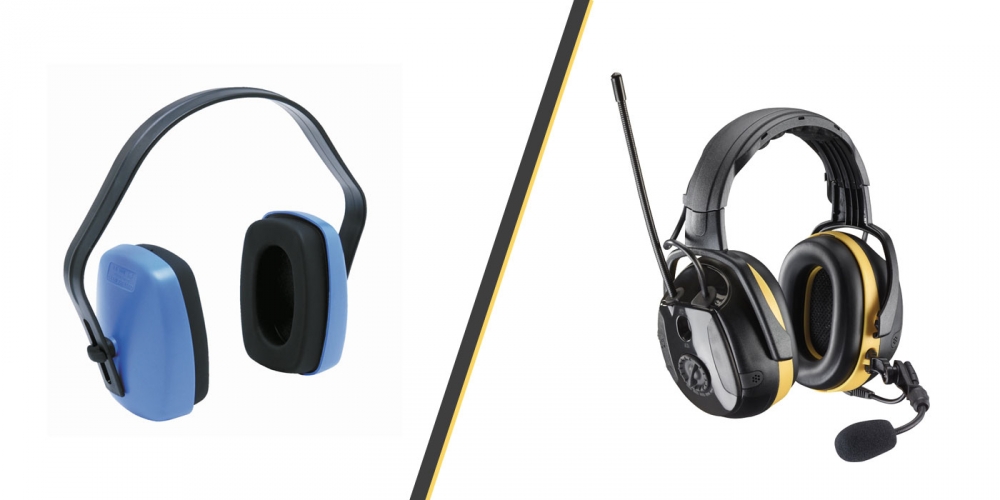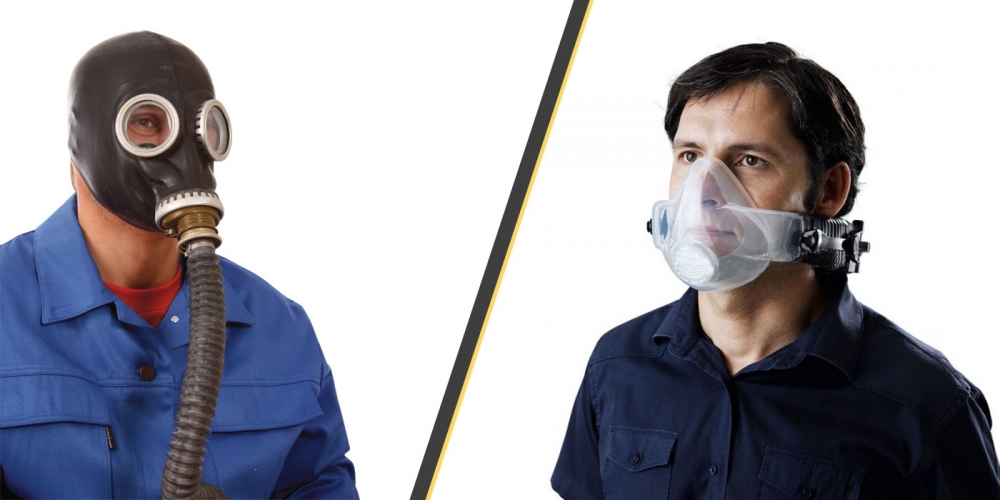Let's have a look at a few figures first. Between 1969 and 1999, the number of occupational injuries occurring each year in the territory of the Czech Republic dropped by 62.5%. From 256,038 to 96,971 injuries. That was a promising development over 30 years.
However, in the period from 2002 until 2016, i.e. just 14 years, the number of people injured at work decreased from 90,867 to 47,379 persons. That means another decrease by nearly 50% in half the time. Is this increasingly steep decline in the number of those injured related to higher investments in safety, better OSHA awareness of staff, or increasingly more sophisticated PPE helping to eliminate the risk of injury?
It's probably a combination of all those factors. But let's have a closer look at the third one. CERVA has been in the market since 1991 and, since 2009, it has been developing its own personal protective equipment and workwear. So, we certainly know something about technology.
PPE is constantly advancing. CERVA is one of the engines
There is a huge difference in the right equipment in the 1990s and the right equipment in 2018. The risks related to working in production, in assembly shops, on roads, construction sites or in chemical plants have practically remained unchanged. But if you wear the right clothing and protective equipment, these risks are diminishing.
In addition to higher safety, more advanced PPE also brings greater comfort. Comfort at work also reduces the risk of injury and employees are more willing to wear more comfortable work clothing.

Let's have a look at ordinary bib pants. You cannot deny that this retro article has its style. But it was not very comfortable for work. The uncomfortable fit and the heavy, impermeable materials often made work even more demanding. And a worker wearing this clothing outside during evening hours became virtually invisible.
Let's compare the historical model with the modern bib pants from our Knoxfield collection.
- Plenty of pockets,
- An elastic waist,
- a ring to attach an ID card,
- a reinforced knee area,
- an adjustable trouser leg length and many other practical features.
And, more importantly, reflective elements spread all across the area of the trousers.
And what about the other body parts?
The head should be the most protected part of our body. How did such protection look until recently?

Although it protected many heads, this helmet is made of ordinary plastics; the surface of the helmet lacks any structure and air holes and, inside, it has an internal plastic structure that cannot be adjusted. Not to mention the comfort, or rather discomfort. And its weight.
To illustrate a modern 21st century helmet, we chose the JSP EVO 5 Dual Switch.
- It has a reinforced front and back surface and the cushion is made of flexible expanded propylene, which absorbs energy after impact.
- With a strap that allows you not only to tighten the helmet, but also, using a slider, to convert it from EN 397 for industrial helmets to EN 12492 for helmets designed for mountaineers and working at heights.
- The suspension for adjusting the helmet to the size of your head goes without saying in 2018.
So with helmets, the technological advancement is clear at first sight, but what about gloves?

They seem to have remained the same for decades. But in the 1990s, there was no sign of the anti-slip print on the fingers, the reinforced grip area in the palm or the fine nylon fabric at the side of the fingers for better movability. And even the adjustable wrist was far from standard. The invisible development shift in gloves is fully demonstrated, for instance, in the CERVA FreeHand Corax model. Other types of gloves protect you, in turn, against cuts, chemical burns from acids or contact heat. Even there you can see how far the progress has come.
Eye, hearing and breathing protection. Rather comical in the past, but nowadays full of astonishing technologies
But let's come back to the most important part - the head. How were the eyes and hearing protected just a few years ago?

Doesn't this protective equipment look more like toys than equipment which human health depended on? Fortunately, we have made big strides forward in this field as well. The Ear Defender Synergy with an in-built Bluetooth™ microphone and noise suppression allowing for the clear communication of work instructions even next to a noisy excavator serves as the perfect proof. Lightness, the comfort of the earmuff protectors and the adjustable soft strap over your head provide the necessary comfort. All this in accordance with EN 352 category 1, 3, 4, 6 AND 8.
Goggles is another area with clear advancement. The left goggles look more like an article from a fashion boutique, don't you think? The blue iSpector Mondion goggles show how 21st century eye protection should look.
- with polycarbonate lenses, anti-fog and anti-scratch protection,
- an effective UV filter,
- and a detachable DUAL TPR seal that fits perfectly on the face and fends off any microparticles that may come flying from all directions.

2018 is also better for our breathing
Let's not forget breathing protection either. This area has experienced the greatest technological progress, although not so visible at first sight. In the past, breathing protection entailed many difficulties at work for staff:
- heavy masks,
- difficult breathing,
- inappropriate filters
- or cumbersomeness related to the accessories connected to the mask with hoses and wires.

The technological progress in breathing protection is best demonstrated by the CleanSpace filtration and ventilation units.
- They are less than half a kilogram in weight.
- They do not need hoses, cables or a battery holder.
- Thanks to the filters, they provide effective breathing protection against gases, solid particles as well as chemicals.
- A smart algorithm supplies clean air only when the worker breathes in. Consequently, there is no risk of becoming out of breath as with conventional masks.
And what about you? Does your work place have more historical equipment or do you have the most sophisticated PPE of the new millennium at your disposal? Let us know on Facebook, for instance.





























































